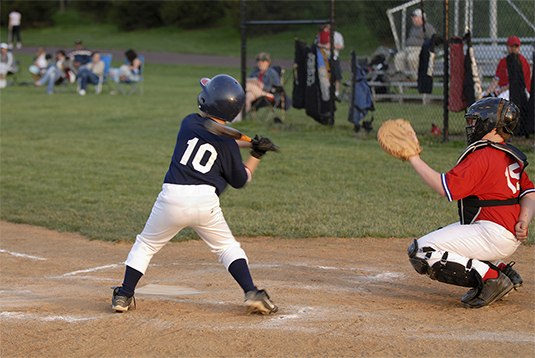
Common overuse injuries in baseball
With longer days and the weather becoming more pleasant, spring time in Houston means one thing: Baseball is Back!
Baseball in Texas and in Houston is huge!
From our World Series Champion Houston Astros to the League City Astros of League City Little League, baseball is a game that teaches players and parents many important lessons about life.
Playing baseball has some important physical risks that parents and baseball athletes need to be aware of to help prevent injury and treat injuries when they occur.
Youth baseball has become increasingly competitive over recent years, joining other sports in which athletes frequently expose themselves to overuse injuries.
Playing multiple games per week — along with the repetitive motion of the overhead throw — can cause stress to the musculoskeletal system.
Stretch Weakness
Many baseball players think:
“The more I throw the stronger I will be.”
This is not necessarily true. In most cases, the opposite effect occurs.
The arm, and in particular the rotator cuff, undergoes a phenomenon known as stretch weakness.
As the arm is used, or overused, the muscles become excessively stretched and lose strength over time.
Stretch weakness often leads to a weaker rotator cuff and forearm, and a higher propensity to injury and tissue breakdown towards the end of the season.
Fatigue
Injury typically occurs when the kinetic chain breaks down.
For example, when fatigue sets in to the legs, throwing mechanics often change, adding more stress to the arm as the player compensates to maintain velocity.
Remember, a chain is only as strong as its weakest link.
In baseball, the weak links typically are the shoulder and elbow.
Because baseball is a repetitive sport, you have to build specific muscles so they can endure repetitive stress.
A proper conditioning program prior to, and during, baseball season, can help you strengthen these muscles and avoid injury and fatigue.
Maintaining Strength and Flexibility
Maintaining strength and flexibility in the rotator cuff and forearm are paramount in conditioning and maintenance programs for baseball.
Functional (or movement-simulated-resistance) training — along with traditional strengthening and flexibility exercises — can help you target these injury-prone areas and stay strong throughout the entire baseball season.
It’s helpful to have a baseline of your current performance and strength levels to compare improvements or reductions in performance.
Rotator cuff strength tests with numerical data, or side-to-side comparisons of strength, can help determine any deficiencies in your throwing arm.
If you start the season with a deficit, you heighten your risk of injury and potentially reduce performance.
The experts at CLS Health Sports Medicine can perform these strength tests, as well as help with your preseason conditioning and in-season maintenance training.
Contact Dr. Rios
To schedule an appointment or ask a question, call 281-332-2286.











